Maasai Stoves & Solar Project Data
As of May of 2023 the Project has installed 6800 stoves in Tanzania. Fifty-one bomas now have solar micro-grids.
The stoves are installed in homes in four districts: Monduli, Longido, Simanjiro, and Ngorongoro.
The Project’s stove introduction in Rwanda has spun off on its own, and is now a small and successful independent stoves project. Lessening women’s eye irritation resulting from indoor air pollution was the original impetus for introducing stoves there.
Maasai Stoves & Solar Project Research
The unique stove design and Project methods depend on the practical evaluation of the way women use the stove. The Project continually explores how to maximize the fit to women’s preferences while retaining the stoves smoke removal and efficiency features. Our installations now focus on the Model Four stove.
Please contact us to learn more about the stove-improvement practices of the Maasai Stoves & Solar Project.
Stove abandonment and meaningful research data
For consistent and long-term benefits, it is important for the women to use the stoves continuously.
Although dangerous to health and environment, the traditional three-stone fires do have some virtues. They are easy to use for cooking on a large scale, and they are the familiar method.
Studies of stoves designed by other groups have shown significant abandonment of the new stove. The users often revert back to the three-stone fires for at least part of their cooking tasks.
Random-sample surveys of the Maasai Stoves & Solar Stoves (MSS) show no abandonment of the new stoves.
The families and the environment reap the long-term benefits of replacing the three-stone fires with the MSS stoves. This is on a permanent basis. Why the difference?
Avoiding stove abandonment
For women to continue to use their new stoves and never return to cooking over an indoor three-stone fire, the stoves have to be suitable for the several ways they cook.
To ensure they would be happy with them, the Project collaborated on design with the women using the stoves. Keys to satisfied use are:
- Ensure that different sizes of firewood can be used
- Long, slow simmer, and short-term high temperature cooking are both possible
- Must be easy to keep more than 90 percent of the smoke out of the house and up the chimney
While good working stoves are never just abandoned, the Project estimates that about half the stoves installed more than six years ago are no longer in use. This is because of stove deterioration or because the stoves owners have moved to new homes in other locations.
This means that 1150 stoves are no longer in use, leaving 5,650 in use. That is 83 percent of the total.
Mitigating climate change
Each stove saves 120 pounds of firewood per week, reducing deforestation and eliminating 10-12 hours of weekly wood gathering labor.
Studies on our stove by Dr. Hassan Rajabu, Professor of Engineering, University of Dar es Salaam, confirm a reduction in emissions of 3.6 metric tons of carbon dioxide per stove per year! This is a significant level for mitigating climate change. Each stove lasts at least six years. That means it reduces Carbon Dioxide emissions by more than 20 tons in its lifetime.
The MSS stove reduces the polluting particulate level from cooking smoke by 90 percent.
Anecdotally, mothers in households with stoves report feeling better. They say their children no longer cough and that their noses are clear.
How many stoves does it take to save one child’s life?
Removing indoor smoke pollution to improve children’s respiratory health is one of our most important accomplishments. The deaths of Maasai children between birth and age five can be estimated to be one in thirteen. The medical officers in Monduli District say that a third of those deaths in the Maasai community are from respiratory diseases and conditions.
If there is an average four children in a household, and if all causes of severe respiratory disease were removed in ten households, then one child’s life would be saved.
We are not removing all the cause of lung disease with our stove. However, we are certain we are helping significantly since our stoves remove 90 percent of the smoke and health improvements are clearly evident.
The Project continues stove improvements. We teach women how to minimize smoke production, while still enjoying normal cooking.
As we can see from this graph, the lung disease caused by smoke is not linearly related to the amount of smoke. To increase impact, smoke removal must be extensive.
The horizontal axis in this graph, taken from the work of Dr. Kirk Smith of the University of California, refers to the exposure over 24 hours and includes time outdoors.
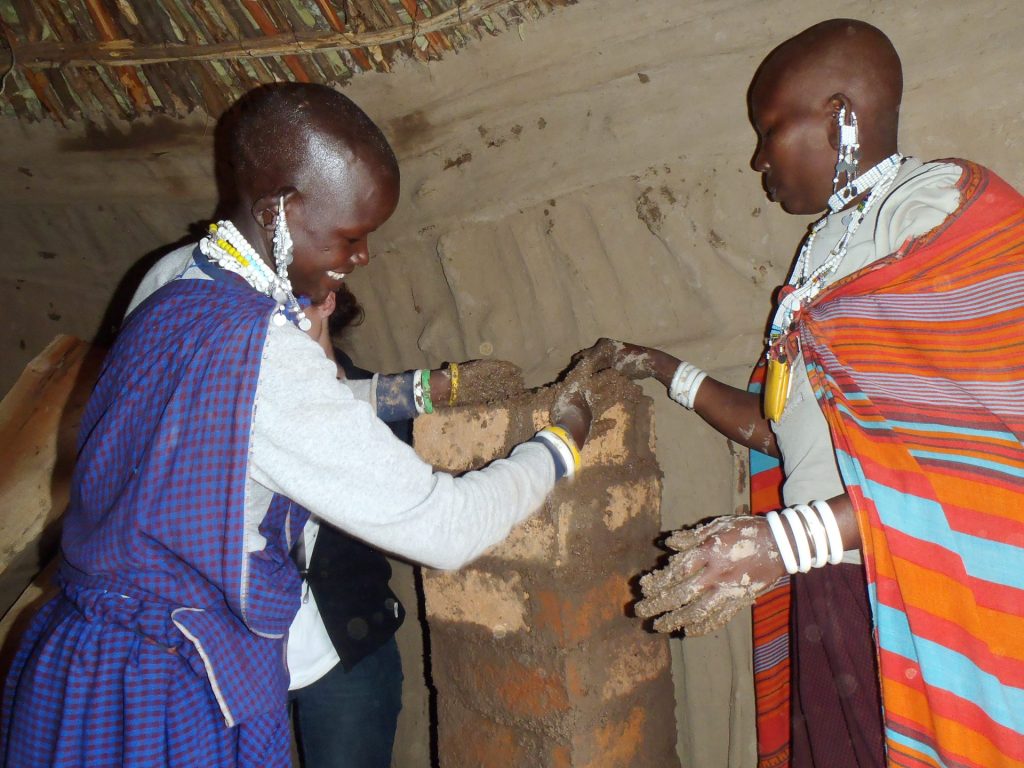
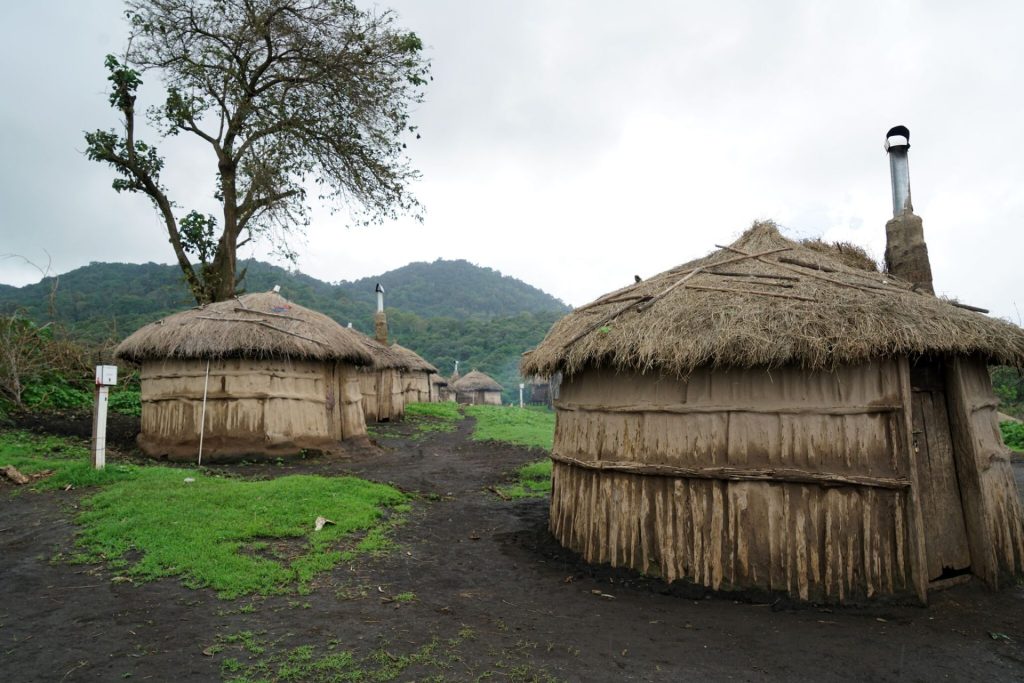
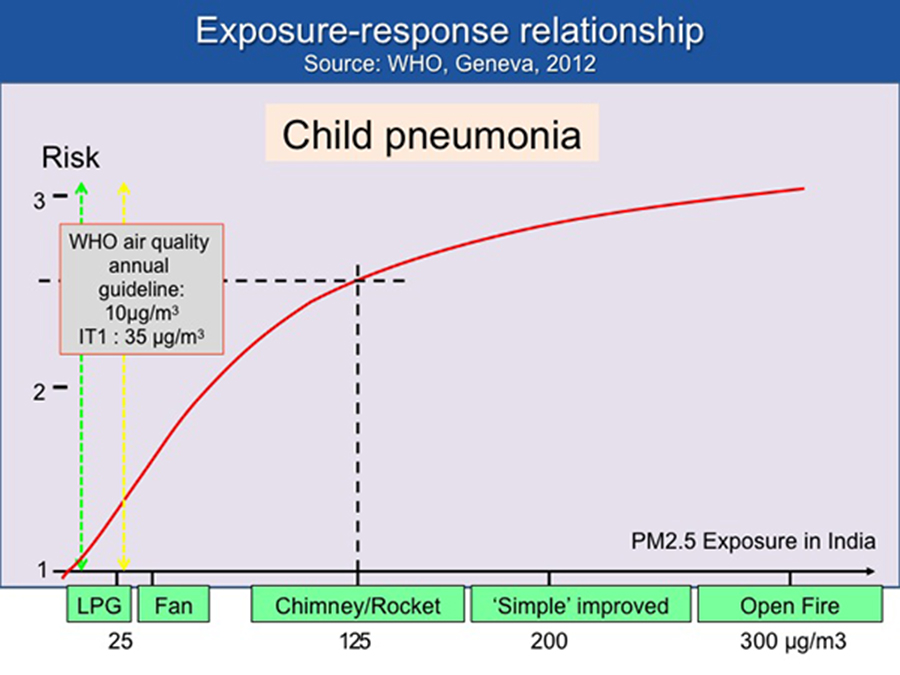
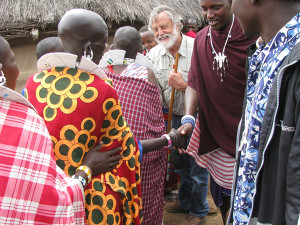
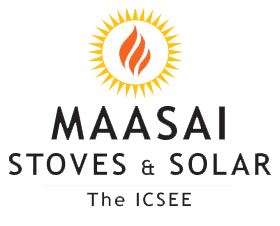
 International Collaborative for Science, Education, and the Environment
International Collaborative for Science, Education, and the Environment